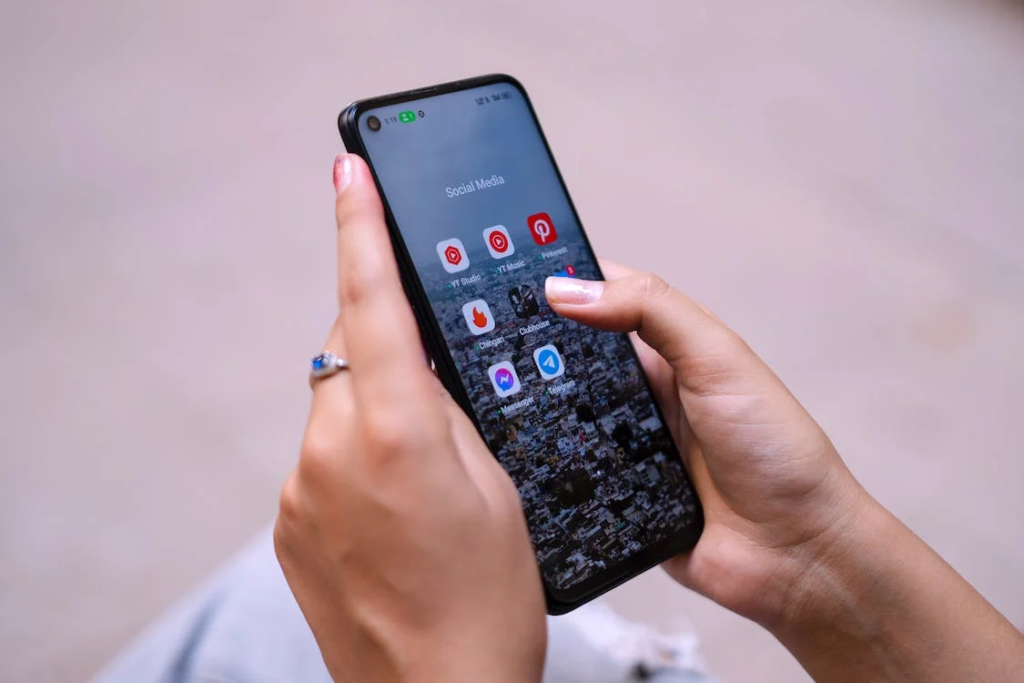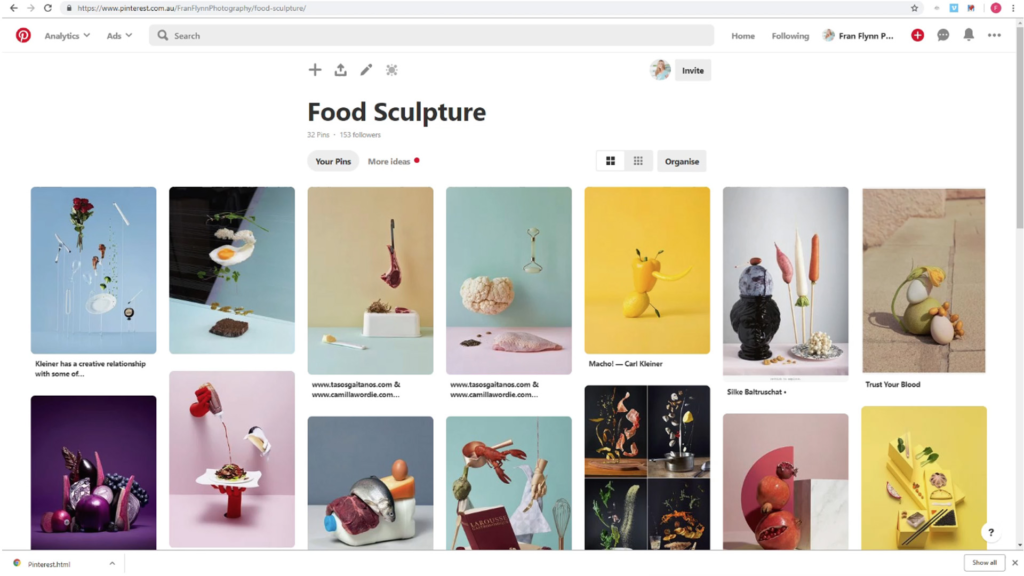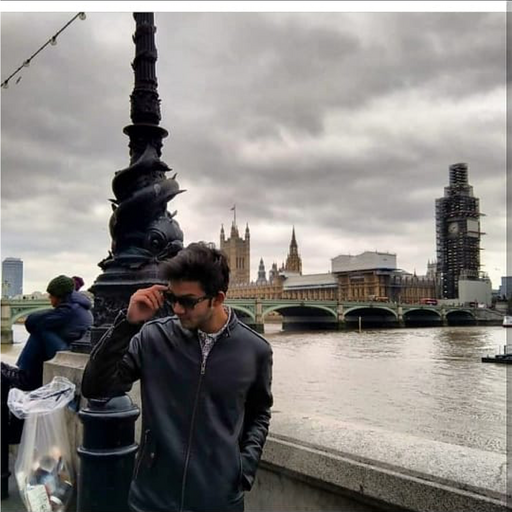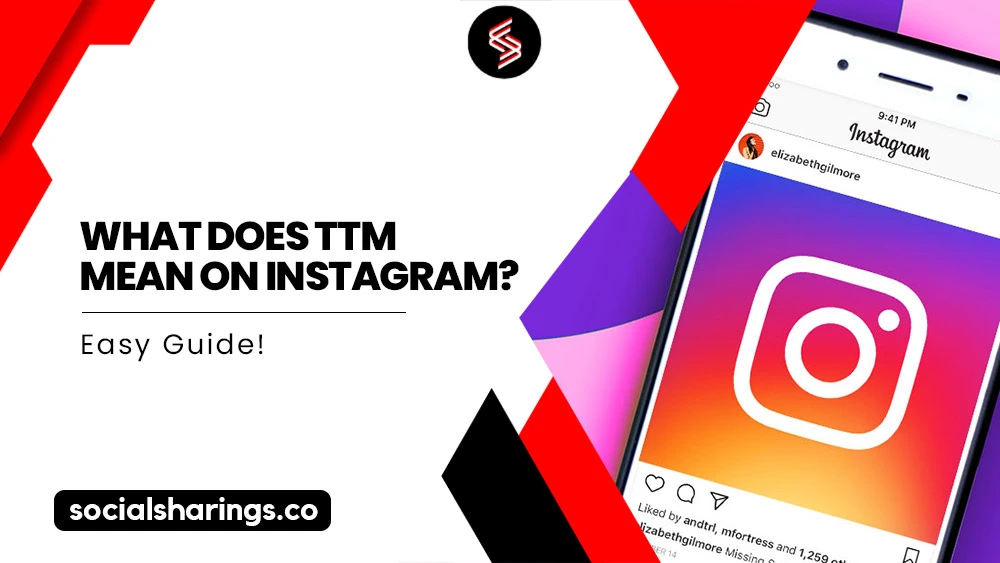In this digital age, where children are increasingly exposed to various online platforms, parents must prioritize their safety. Pinterest is a popular social media platform known for its vast collection of images, useful tips, and much more!
But is Pinterest safe for kids? In this article, we will explore the safety aspects of Pinterest and provide parents with essential information to ensure their children’s well-being while using the platform.
Make Your Pinterest Life Easy with SocialChamp!
Handling several social media accounts can be tough. That’s where SocialChamp comes in. It helps you manage your Pinterest account quickly and easily.
Why use SocialChamp for Pinterest?
Easy Scheduling: Plan and post on all your accounts without hassle.
Clear Analytics: See what works and what doesn’t to improve your strategy.
Reuse Good Content: Automatically repost your best content to keep your audience interested.
Teamwork: Easily work with your team on social media tasks.
Want to make your social media or Pinterest life easier?
What is Pinterest?
Pinterest is an online platform that allows users to discover, save, and share visual content through images, known as pins. It is a virtual bulletin board where users can explore various topics, such as recipes, DIY crafts, fashion, home décor, and more.

With its user-friendly interface and an extensive collection of inspiring visuals, Pinterest has attracted millions worldwide.
Is Pinterest Safe for Kids?
Despite its popularity and vast collection of images, Pinterest poses several risks and safety concerns for children. Parents must know these dangers to ensure their children’s well-being while using the platform.
Let’s delve into the reasons why Pinterest can be unsafe for kids:
Inappropriate Content
One of the primary concerns regarding Pinterest is the availability of inappropriate content. While the platform has policies to restrict explicit material, it is challenging to ensure complete elimination due to the vast amount of user-generated content.

This can expose children to potentially harmful or age-inappropriate images and ideas, including explicit images, violence, self-harm, or content promoting unhealthy behaviors.
Lack of Content Moderation
Pinterest heavily relies on user-generated content, meaning the platform may not have strict control over uploaded content. This aspect increases the chances of inappropriate or misleading information slipping through moderation.
Children may come across misleading DIY projects, unsafe recipes, or inaccurate information, which can be potentially dangerous.
Cyberbullying and Privacy Concerns
Like any other social media platform, Pinterest is not immune to cyberbullying. Children may encounter negative comments, hurtful messages, or even harassment from other users.
Additionally, sharing personal information or images on Pinterest can pose privacy risks, as strangers may have access to these details, potentially leading to unwanted contact or identity theft.
Influencer and Advertising Influence
Pinterest features many influencers and brands who actively promote products and lifestyles. While some influencers provide valuable content, others may endorse products or promote unrealistic body standards, leading to body image issues, low self-esteem, or unhealthy comparisons among children.
Moreover, advertisements on Pinterest can sometimes be misleading or promote products unsuitable for children.
Distraction and Addiction
The captivating nature of Pinterest’s visual content can easily lead to excessive screen time and distraction for children. Spending too much time on the platform can negatively impact their productivity, mental health, and social interactions.
Additionally, children may develop addictive behaviors or become overly fixated on unrealistic aspirations portrayed through the images on Pinterest.
To address these risks and ensure a safer online experience for kids, it is crucial for parents to actively engage in their children’s Internet usage and implement appropriate safety measures.
By understanding the potential dangers of Pinterest and taking proactive steps, parents can help mitigate the risks associated with the platform and promote responsible and safe online behavior for their children.
How to Use Pinterest in a Good Way?
While Pinterest may have its share of risks for children, it is possible to use the platform responsibly and positively. Following some guidelines, parents can help their kids navigate Pinterest safely and maximize its creative and educational potential.
Here are some tips on how to use Pinterest in a good way:
Set Age-Appropriate Boundaries
Younger children may find more suitable alternatives, such as curated platforms designed for kids.

Create a Kid-Friendly Account
Consider creating a separate Pinterest account tailored to your child’s age and interests. Some platforms even offer kid versions of Pinterest, which provide a safer environment with filtered content suitable for young users.
These accounts often have enhanced privacy features and limited access to potentially harmful content.
Educate About Appropriate Content
Teach your child the importance of consuming age-appropriate and reliable content on Pinterest. Encourage them to explore educational topics, hobbies, and creative ideas that align with their interests.
Discuss the potential risks of encountering inappropriate content and help them understand how to recognize and avoid it.
Follow Trusted Boards and Pinners
Guide your child to follow verified and trusted Pinterest accounts, boards, and pinners. These accounts often provide high-quality, safe content that aligns with your child’s interests.

By curating their feed and ensuring they follow reputable sources, you can reduce the chances of exposure to harmful or misleading information. It is also important to understand that you can’t see who views your Pinterest, so it can be hard to track your exact followers.
Monitor and Limit Screen Time
As with any online activity, setting screen time limits and monitoring your child’s usage of Pinterest is crucial. Encourage them to enjoy a balanced lifestyle, including offline activities, physical exercise, and face-to-face interactions.
Promoting a healthy balance can help prevent excessive reliance on digital platforms and reduce the potential adverse effects of prolonged screen time.
Encourage Creativity and Critical Thinking
Pinterest can be an excellent platform for fostering children’s creativity and critical thinking skills. Encourage your child to use Pinterest to inspire their art projects, crafts, or school assignments.
Teach them to critically evaluate the ideas they find, verifying their reliability and safety before attempting any DIY projects or following recipes.
Foster Open Communication
Maintain open lines of communication with your child regarding their experiences on Pinterest. Encourage them to share concerns or encounters with inappropriate content, cyberbullying, or suspicious activities.
By fostering a trusting relationship, you can address any issues promptly and guide them toward safer online practices. Following these guidelines, parents can help their children navigate Pinterest positively and responsibly.
It is essential to remember that active parental involvement and communication are vital in ensuring a safe and beneficial experience for children on any online platform. In case of anything serious, it is best to permanently delete your child’s Pinterest account.
FAQs
Is Pinterest safe for children?
While Pinterest can offer creative and educational content, parents must be cautious. There is a risk of encountering inappropriate material, but utilizing kid versions of Pinterest or implementing safety measures can help mitigate these risks.
What age is Pinterest appropriate for?
Pinterest has a minimum age requirement of 13 years old. However, parents should use their discretion and consider their child’s maturity level before allowing them to create an account.
Does Pinterest have inappropriate content?
Despite efforts to restrict explicit material, Pinterest’s user-generated nature means inappropriate content may still exist. Parental supervision and utilizing safety features can help minimize exposure.
How to block inappropriate content on Pinterest?
You can use the built-in content filtering options on Pinterest to block inappropriate content. Additionally, enabling parental controls on devices and utilizing third-party software can provide an extra layer of protection.
Conclusion
In conclusion, while Pinterest can be a valuable resource for creativity and inspiration, parents need to be aware of the potential risks associated with the platform.
By understanding the challenges and taking appropriate precautions, such as using kid versions of Pinterest, having open dialogues with children, and implementing safety measures, parents can create a safer environment for their kids to enjoy the benefits of Pinterest’s visual discovery platform.
Stay informed, stay engaged, and we can ensure a positive and secure online experience for our children.







